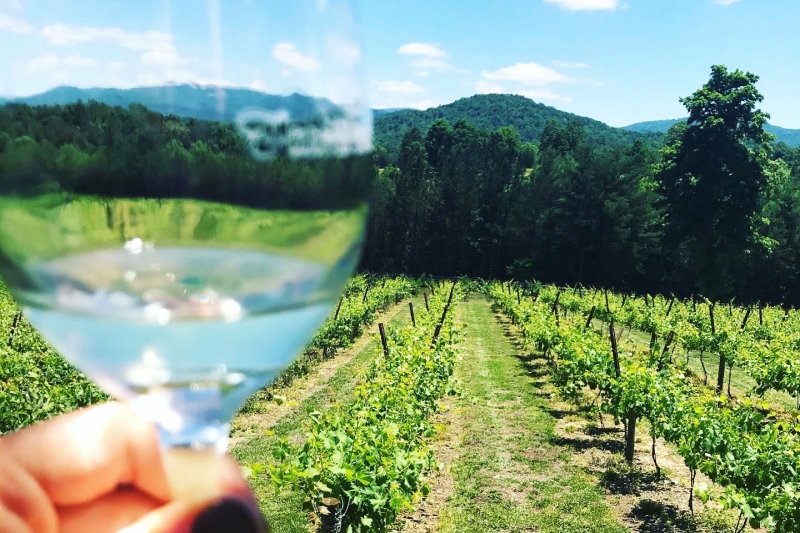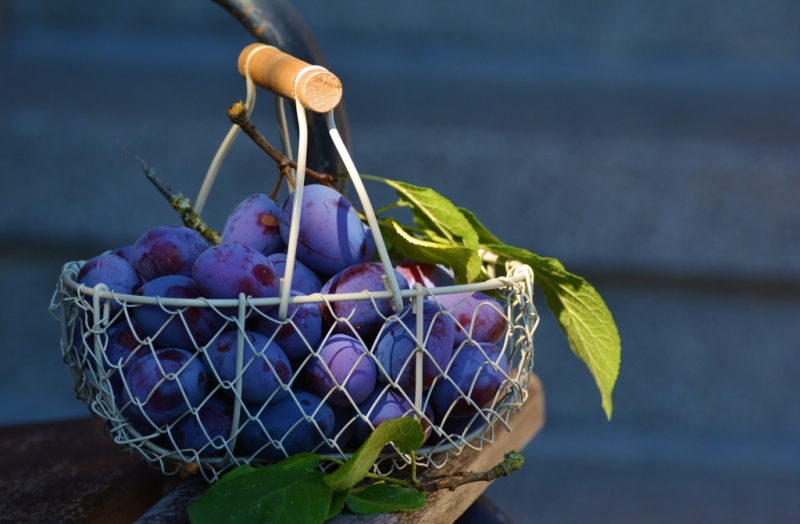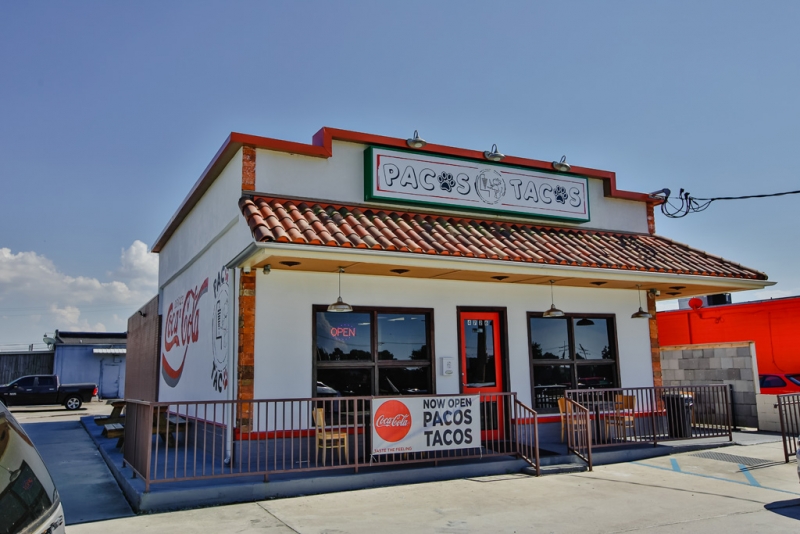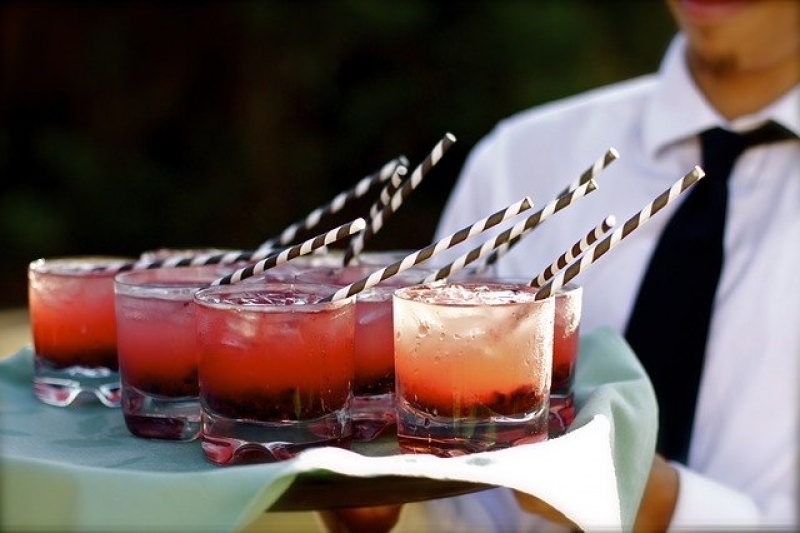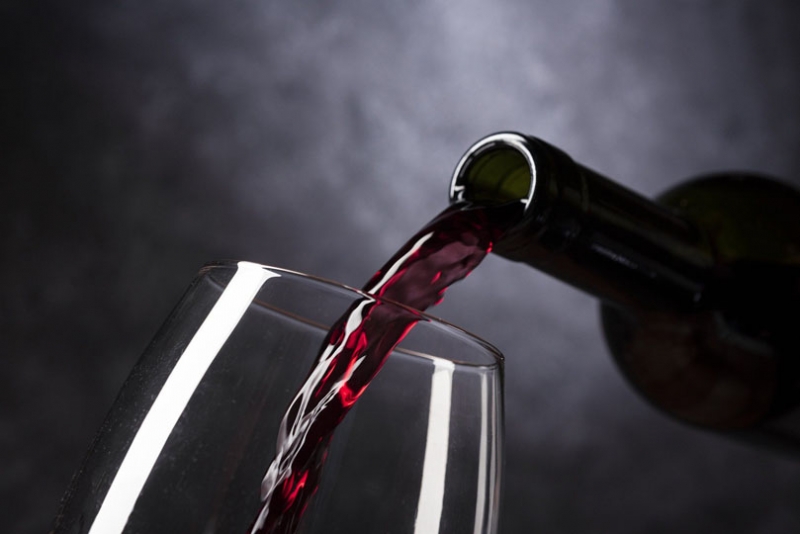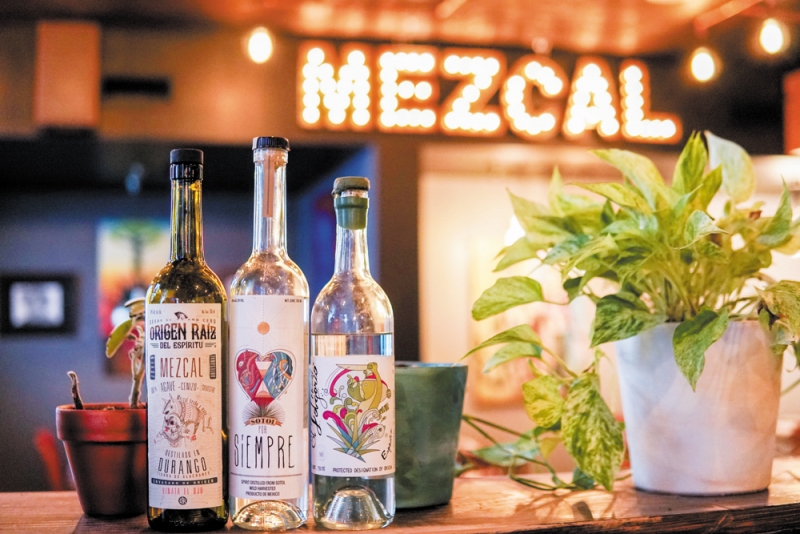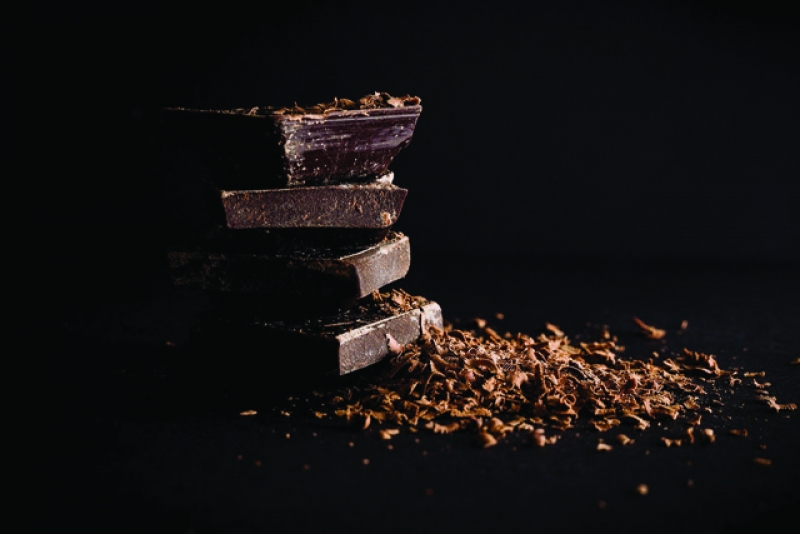- Written by Rebeca Pinhas
- Published in Out & About
Domestic Wine Beyond California
Domestic Wine Beyond California
Para español clic aquí -> Vino Nacional Más Allá de California
Although most people are familiar with Napa and Sonoma when it comes to domestic wine, there are some *246 legally defined wine-producing regions in the United States, known as AVAs (American Viticultural Areas), throughout 33 states. This is quite a bit of domestic winemaking! However, not many of them are known as destinations for wine tourism.
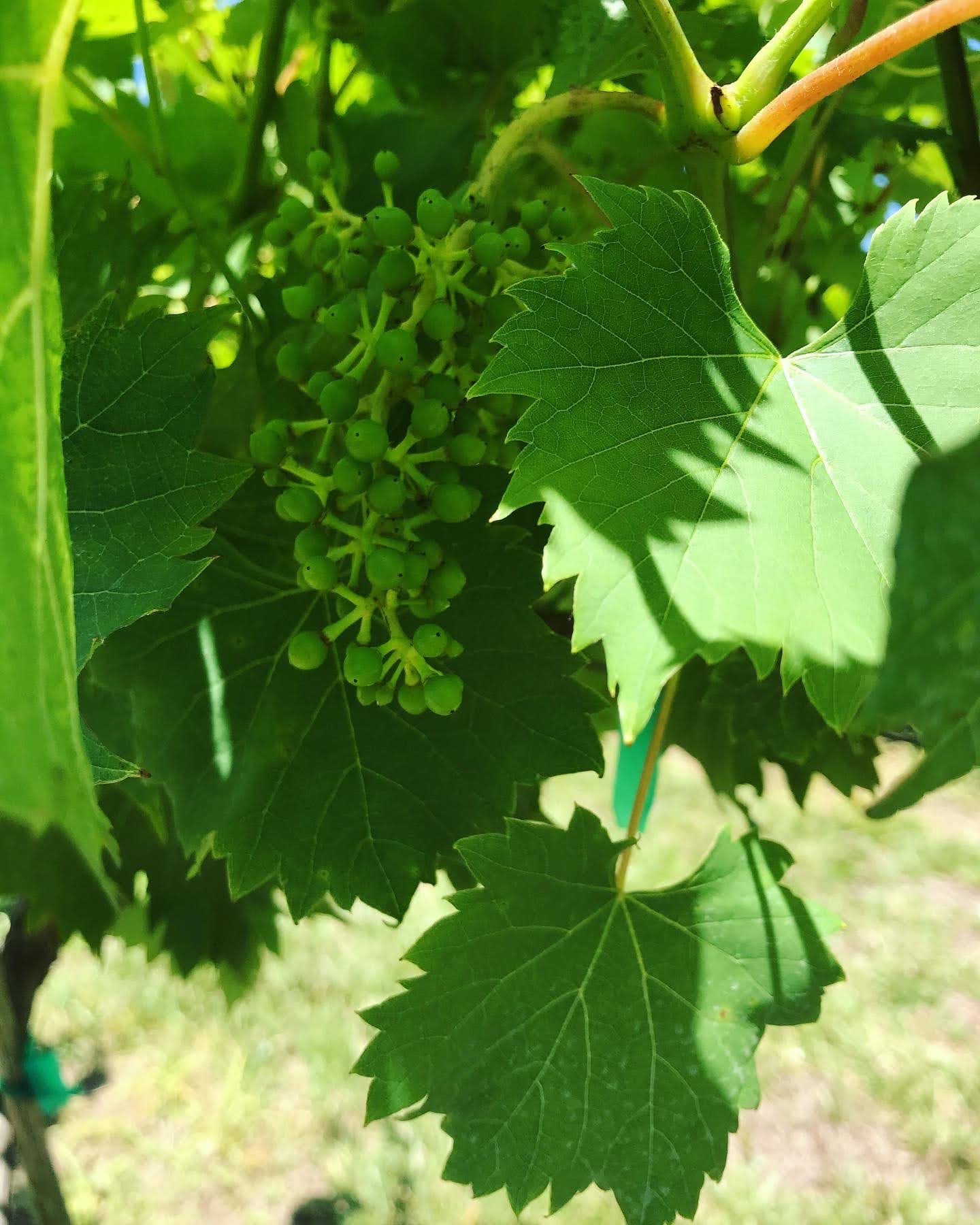
After months of different degrees of quarantine, our family took a trip to Elijay, Georgia. Being the wine enthusiast, I am, I naturally researched wineries and vineyards in the area, and to my surprise, this town located some two hours north of Atlanta had plenty! Most were not only beautiful venues but also offered a family-friendly environment which allowed me to taste new wines while the little ones rolled down the hills. I wouldn’t say the wines were life-changing, but that does not mean they were not interesting, especially because they were grown and produced in a place that is not known for viticulture.
Grapevines are not the easiest crop to grow, and in fact, quality grapes are only produced in zones located (roughly) between the 30 and 50 degrees of latitude, both north, and south. While most of the United States is located within those parameters, high humidity, extremely hot temperatures, and freezing winters rule out a great part of the territory. All that being said, grapes also manage to sneak their way into borderline regions, where certain varieties and even different species of vines (we will get to that in a moment) manage to survive and even thrive. If you take a walk down the French Quarter or even Uptown -as some acquaintances report-, you may find a vine here and there growing amok on walls and iron gates.
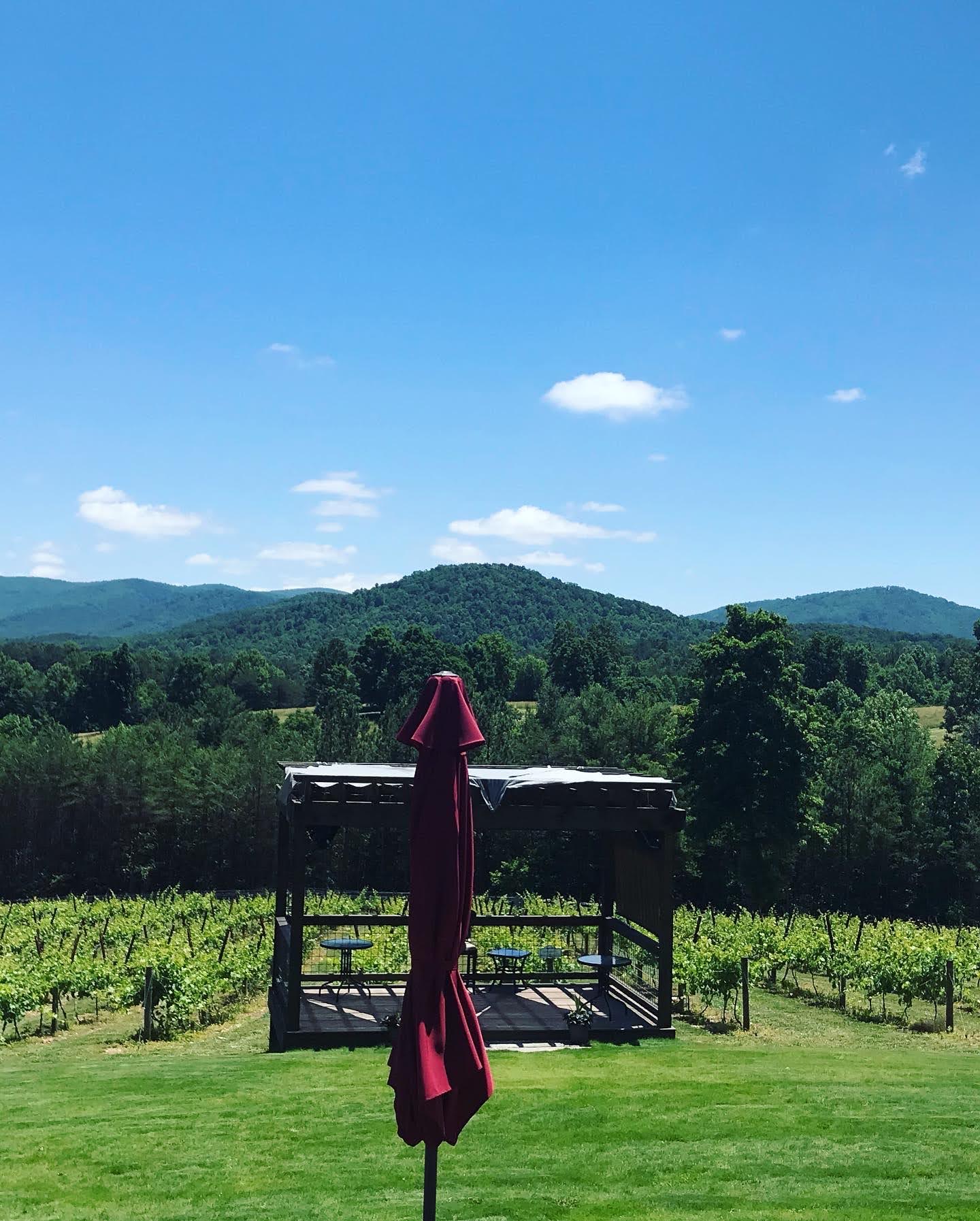
Most wine produced worldwide utilizes the Vitis vinifera species, which is of European origin, but native North American species like Vitis labrusca (mostly for table grapes and grape juice production) and Vitis rotundifolia (used to produce wine) grow around the country. While in Georgia, I was able to taste for the first-time wines made from native grape varieties like Muscadine, and hybrids (the offspring of two different species) like Seyval Blanc. In general, wines made from these grapes are a little rougher on the palate, but many wineries have evolved and become able to create more refined wines from native varieties and hybrids.
So, if you ever want to plan a family-friendly trip to wine country, look for those areas that may not be as known and will offer both great value and something different to taste.
Salud!
To learn more about wine and book a wine class by the glass, visit vinomomnola.com



